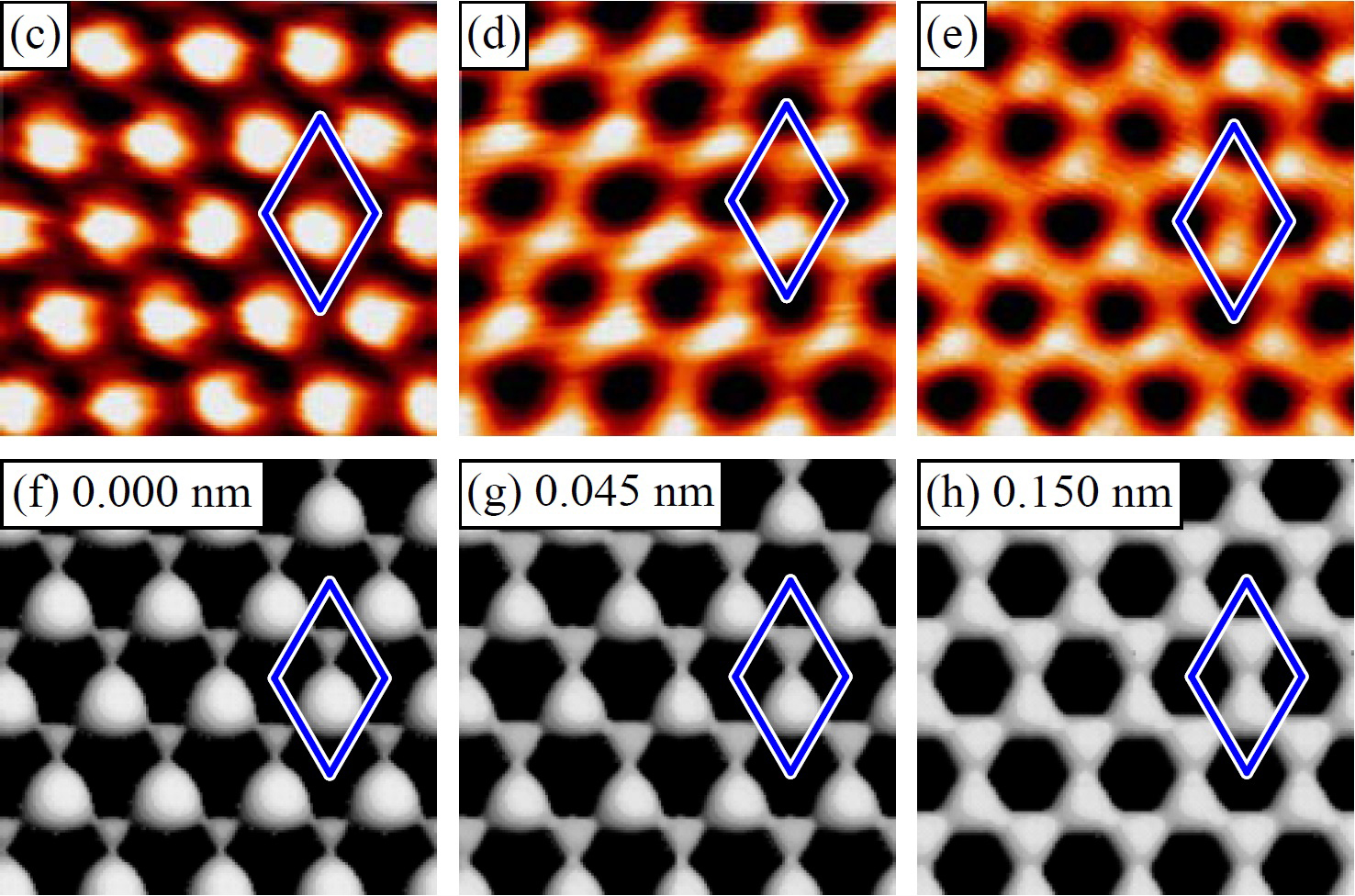
FAYETTEVILLE, Ark. – University of Arkansas physicists have found a way to systematically study and control the transition of graphite, the “lead” found in pencils, to graphene, one of the strongest, lightest and most conductive materials known, an important step in the process of learning to use this material in modern day technology.
Peng Xu, Paul Thibado, Yurong Yang, Laurent Bellaiche and their colleagues report their findings in the journal Carbon.
Physicists at the University of Manchester first isolated graphene, a one atom thick sheet of carbon atoms, by using Scotch tape to lift only the top layer off of the other layers of graphite. Electrons moving through graphite have mass and encounter resistance, but electrons moving through graphene are massless and encounter almost no resistance, which makes graphene an excellent candidate material for future energy needs and for quantum computing for enormous calculations while using little energy.
However, graphene is a new material only discovered in 2004, and many things remain unknown about its properties.
“The transition from graphite to graphene can be random,” said Xu. “Our idea was to control this.”
The researchers used a new technique called electrostatic manipulation scanning tunneling microscopy to “lift” the top layer of graphite, creating graphene. Scientists have traditionally used scanning tunneling microscopy on a stationary surface, but this new technique uses a moving surface to move between graphite and graphene.
“Not only can we make it happen, but we can control the process,” Xu said.
Using this technique, the researchers can tell how much force it takes to create graphene and how much distance exists between graphene and the graphite as well as to track the total energy of the process.
How the electron acquires its mass is a fundamental topic and is related to particle physicists’ hunt for the Higgs boson, a long-hypothesized elementary particle that has predicted properties, such as a lack of spin and electric charge, but that does not have a predicted value for mass. Being able to move electrons between a massive and massless state allows scientists to study this duality and how it works. The level of control the scientists have over the process will allow them to figure out possible ways to use graphene for advancing this understanding.
Xu and his colleagues are researchers in the J. William Fulbright College of Arts and Sciences.
Contacts
Peng Xu, physics
J. William Fulbright College of Arts and Sciences
479-575-6178, pxu@uark.edu
Melissa Blouin, director of science and research communication
University Relations
479-575-3033,
blouin@uark.edu